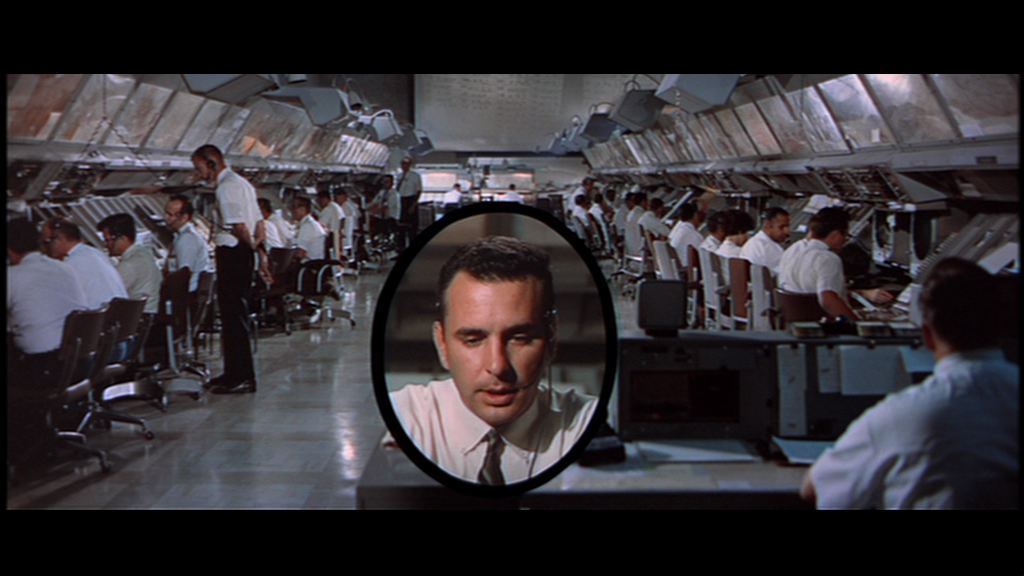Written by guest blogger, Christian B. Long.

I started thinking about my article “Arthur Hailey as Richard Nixon. Workplace Safety in Airport” in early 2004, at an event the Vanderbilt University English department put on for its graduate students, when Cecelia Tichi noted in passing that Moby Dick is a novel about workplace safety. It’s an idea that stuck with me. When I moved to New Zealand in 2008, I read In Defense of Lost Causes during the flight to Auckland, and Slavoj Zizek’s mention of Arthur Hailey novels echoing Stalinist novels like Fyodor Gladkov’s Cement similarly stuck with me. Then I moved to Australia in 2013 and, after deciding to stop running on the adjunct treadmill, I threw out most of my old research plans and returned to the research ideas that had been stuck in my head, including workplace safety and Arthur Hailey.
I bought Hailey’s entire oeuvre for $10 and read it in its entirety over the course of a week that I otherwise spent looking for a job. I knew that I didn’t want to treat Hailey readers, and readers of mass-market-fiction in general, as duped consumers. As I read, I looked for something in Hailey’s novels that scratched an itch in the mass readership, something in the books themselves that was good and interesting. In my account, what Hailey novels offer their readers is a set of stories that take the stresses and anxieties of white-collar work seriously.
Late in the article that appears in Volume 47 Issue 1 of the Canadian Review of American Studies, I try to split the difference between (to oversimplify things) the hermeneutics of suspicion and reparative readings of a writer like Arthur Hailey. I had to cut a long section about Hailey’s inability to imagine manual-labor worker stress and workplace safety as well as the stress of office workers. But that cut meant I could concentrate on how Hailey imagines how overcoming disaster depends on a managerialism that needs a workplace safety regime that takes stress and anxiety seriously. And, to recuperate that appeal for readers into slightly more hopeful terrain, if workplace safety matters for white- and pink-collar workers in the Hailey universe, then his readers might well have seen workplace safety for blue-collar workers as a logical and unobjectionable proposition, as the passage of the Occupational Safety and Health Act in 1971 shows.
Christian B. Long’s article, “Arthur Hailey as Richard Nixon: Workplace Safety in Airport,” will appear in the next upcoming issue (Volume 47 Issue 1) of the Canadian Review of American Studies, available Spring 2017!
Comments on this entry are closed.